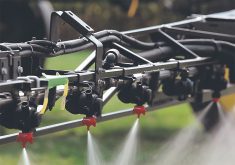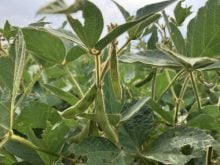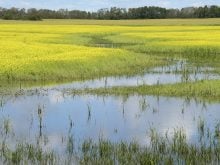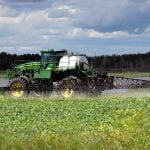Farmers see lots of potential in intercropping but are being held back by non-agronomic factors, two farmers told the Canola Discovery Forum.
“I can’t cover my risk on that crop,” said Cadillac, Sask., farmer and agronomist Troy LaForge.
“Risk management programs need to catch up with the times.”
Rosenort, Man., farmer Shane Friesen said commercial realities can collide with intercropping agronomics.
“It’s not so much an agronomic challenge,” said Friesen.
“It’s the supply chain and marketing.”
Read Also
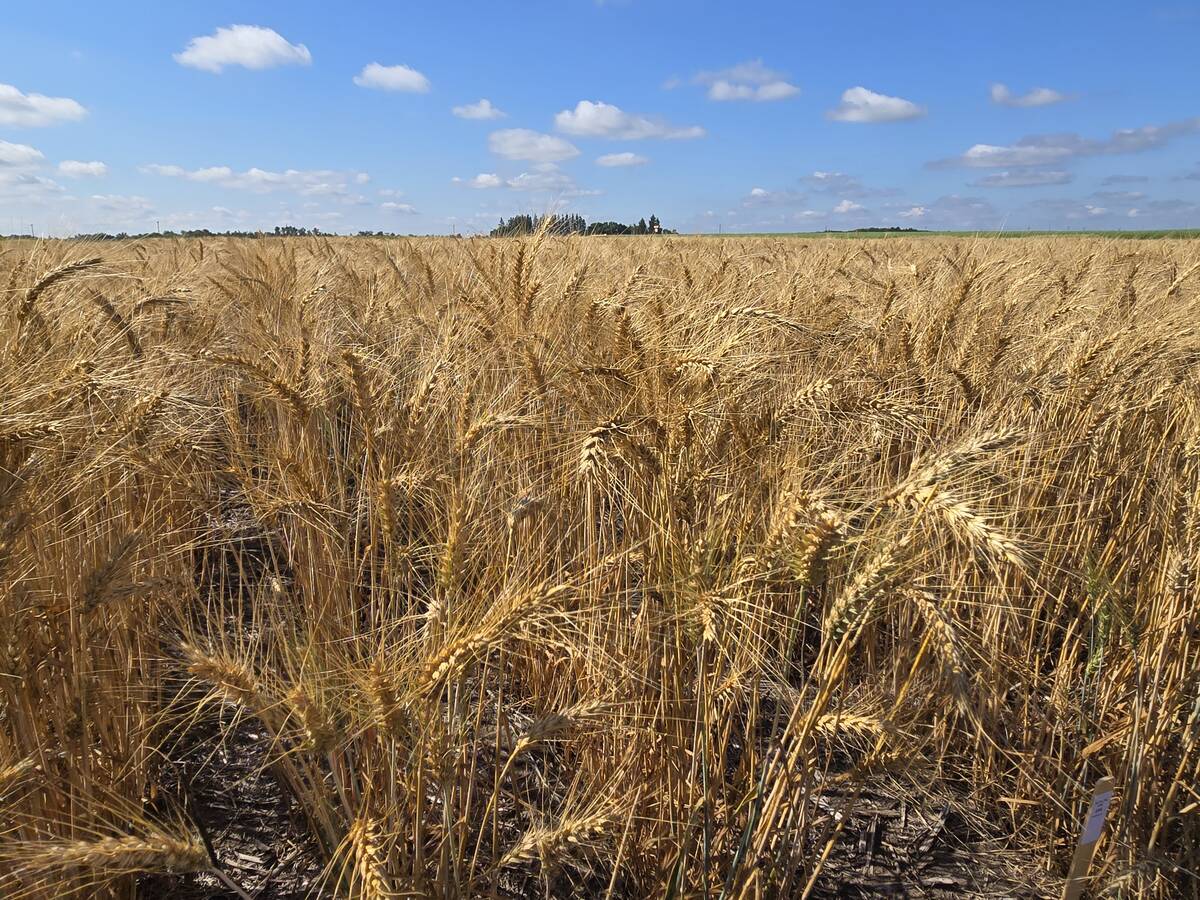
Fall rye hits record high in Manitoba
Winter cereals 2025: More Manitoba fields grew fall rye in 2025 than ever before, but winter wheat slipped and, while spring stand survival was good, drought took its toll
Intercropping is attracting a lot of interest from farmers because of its potential to manage pests, lower costs and work as part of an integrated pest management system.
LaForge said intercropping flax and chickpeas helps both crops, with flax benefitting from chickpea’s nitrogen-fixing and chickpeas benefitting from lower fungicide demands to control ascochyta.
With lower nitrogen costs and only one as opposed to three or four fungicide treatments per unit, returns can be much better.
However, crop insurance doesn’t recognize the overall value of the intercrop, but sets its levels based on the individual crops as if they were monoculture-grown. Not being able to rely upon that part of the production safety net makes it much riskier.
“That (risk management is) a major element of our system,” said LaForge.
Friesen said a peaola (peas-canola) intercrop makes sense for his area, but it doesn’t fit with what pea contractors are willing to work.
“A pea buyer doesn’t want a contract for two bushels to the acre,” said Friesen.
LaForge praised the work done by Lana Shaw and the Southeast Research Farm in Redvers, Sask. That practical, farmer-focused research might be different from academic research, but “as a producer and as an agronomist, it’s very useful information.”
Before intercropping becomes widespread and covers a large acreage “a lot of things that are wrong with it” need to be sorted out, LaForge said. However, “that intercropping idea has got some massive legs for really improving profitability on the farm.”





